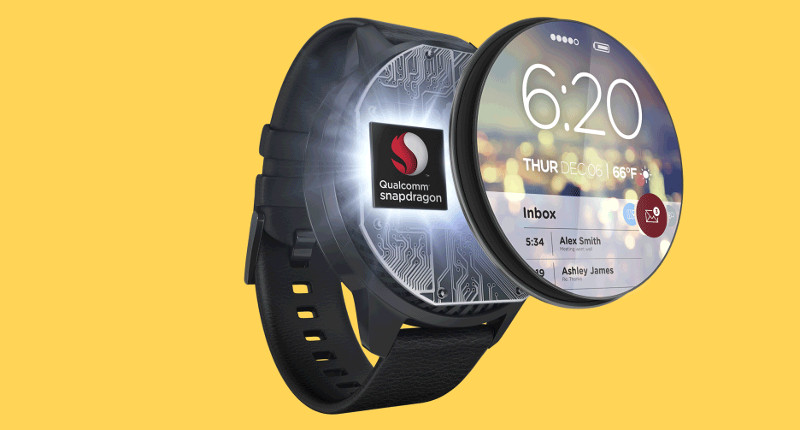SEO has entered a new era in 2026. AI tools are more powerful, users expect instant results and Google continues tightening its criteria for…
Qualcomm Snapdragon Wear chips to power wearables for kids, elderly

Catch all of the latest news, analysis and reactions from Computex 2016 right here.
Chipmaker Qualcomm has already launched its first dedicated wearable chip earlier this year, in the form of the Snapdragon Wear 2100. But the company is targeting children and the elderly in particular with its latest bit of silicon.
The Snapdragon Wear 1100 is ostensibly a lower end chip when compared to the 2100, but is made with “targeted-purpose” wearables in mind. Qualcomm specifically mentions “connected kid and elderly watches, fitness trackers, smart headsets, and wearable accessories” as part of this market.
The US tech firm says the new chip will deliver longer battery life (thanks to a hardware-based power-saving mode), smaller size, smarter sensing and secure location tracking. It’s also touted the chip’s always-connected nature, thanks to LTE, WiFi and Bluetooth support.
A dedicated range of wearable chips
“We are delighted to add Snapdragon Wear 1100 to our Snapdragon Wear family, thus making it easier for customers to develop connected wearables with targeted use cases such as kid and elderly tracking. We are actively working with the broader ecosystem to accelerate wearables innovation and are excited to announce a series of customer collaborations today,” the company’s Anthony Murray said in a press statement.
As for more detailed specifications, Qualcomm has remained mum in this department. The 2100, on the other hand, shipped with a quad-core A7 setup and support for 640×480 resolution at 60fps.
The Snapdragon Wear range marks a new foray of sorts into the smartwatch/wearable field for Qualcomm.
Although it supplies the chips used for the majority of Android Wear smartwatches, these used the smartphone-derived Qualcomm Snapdragon 400 chips instead.
The Wear range is also expected to enable thinner designs thanks to the smaller chip size.

